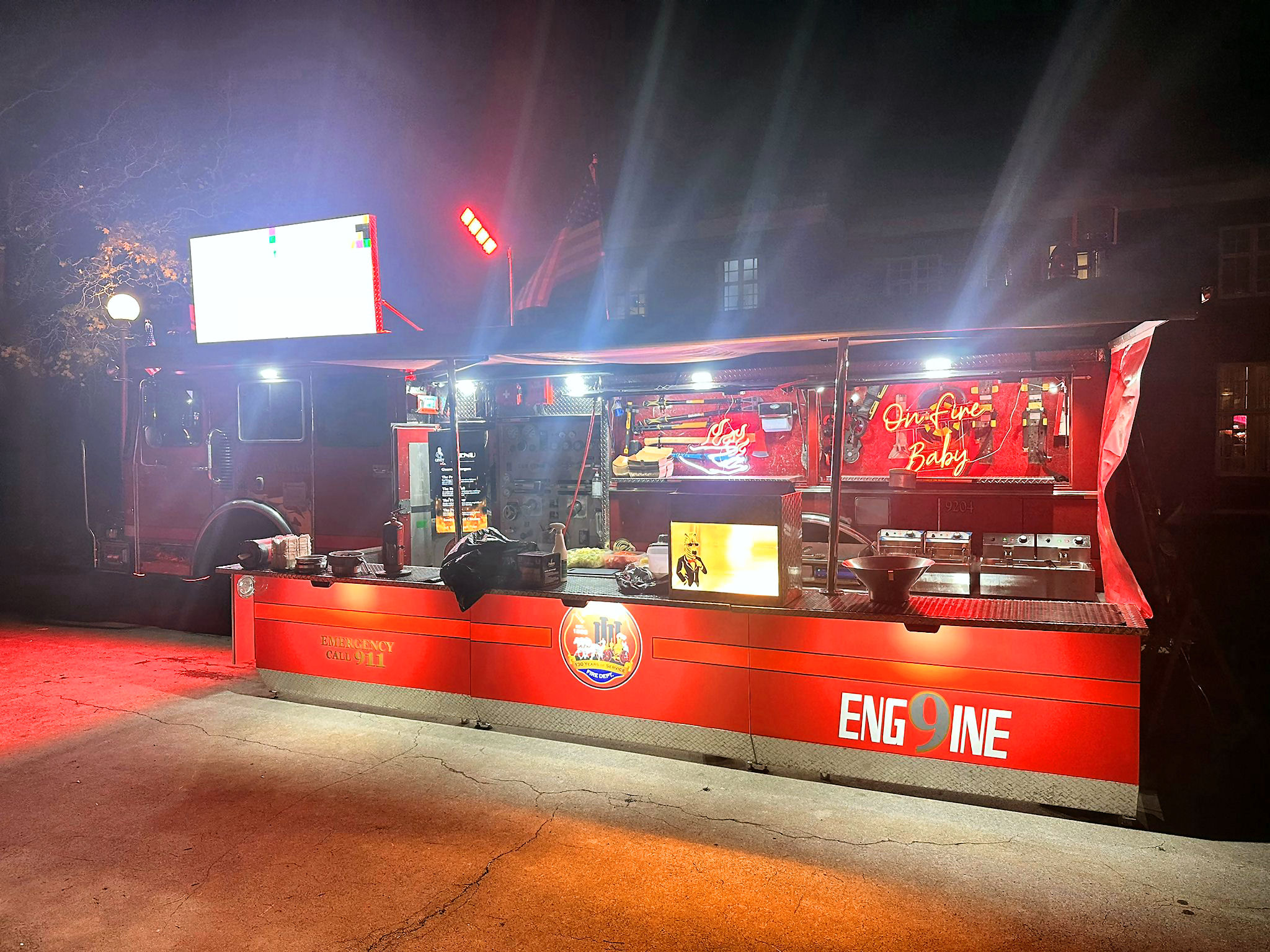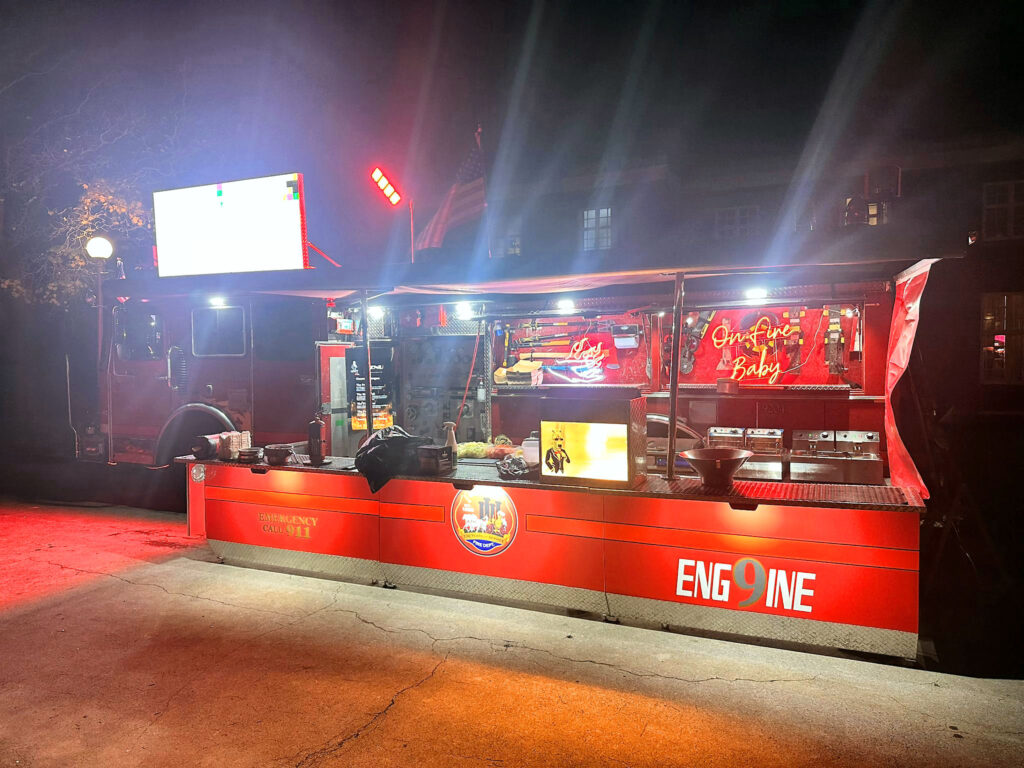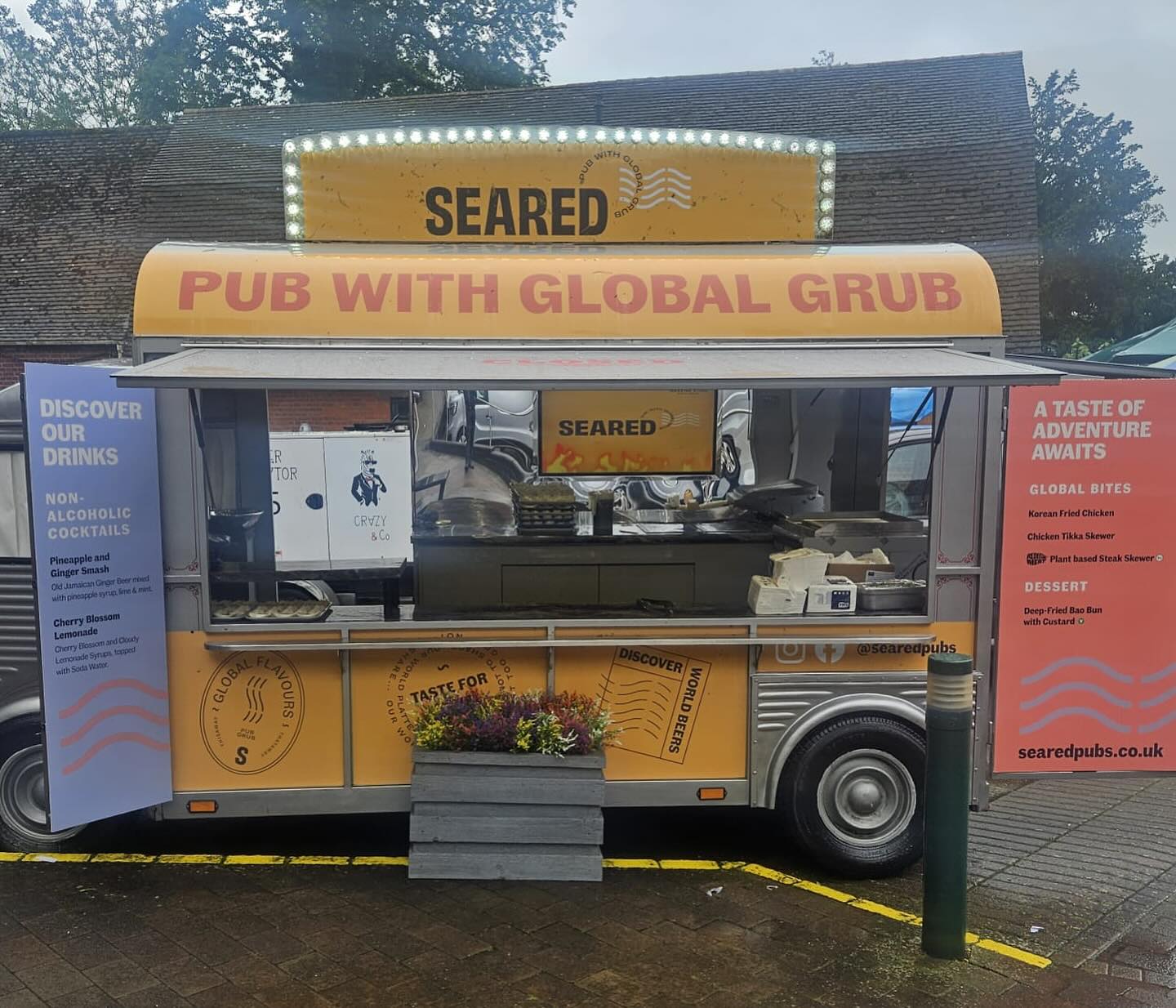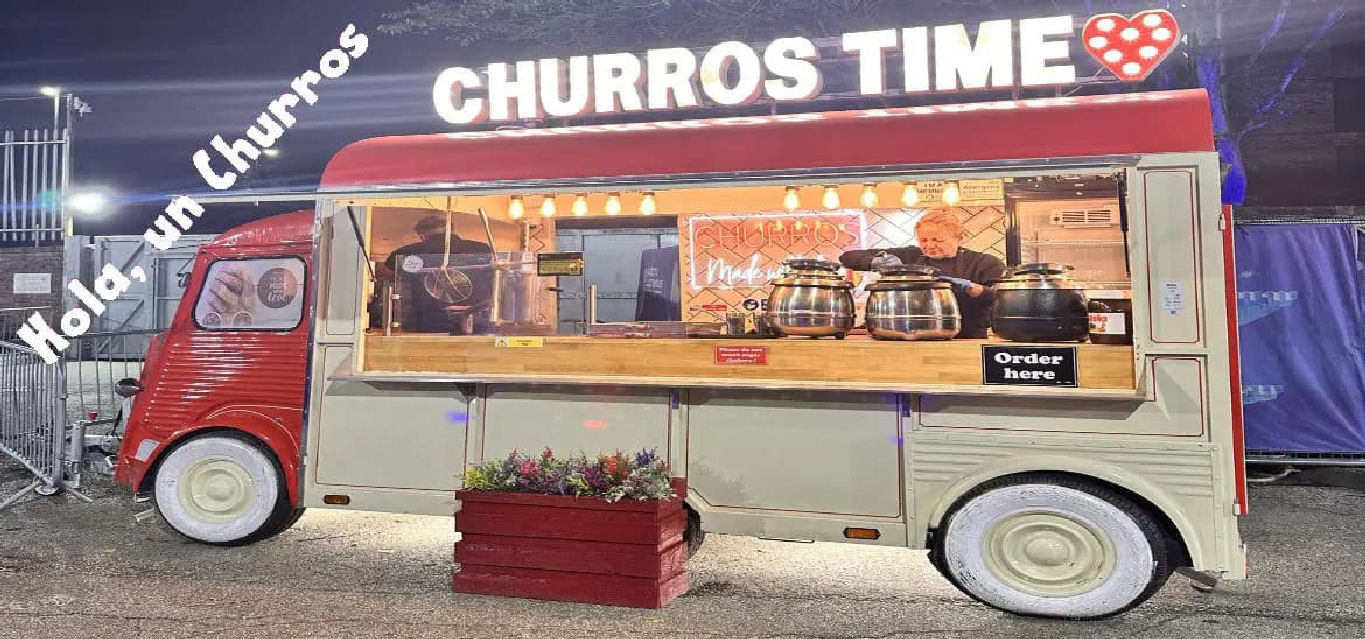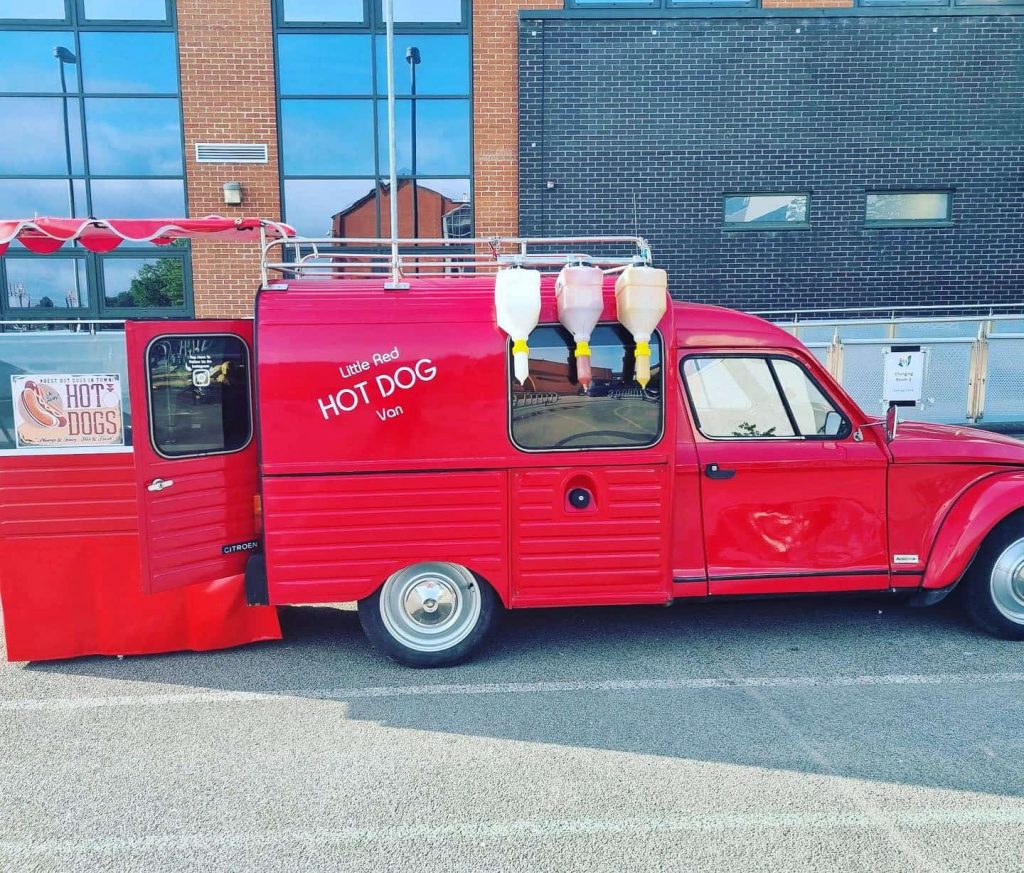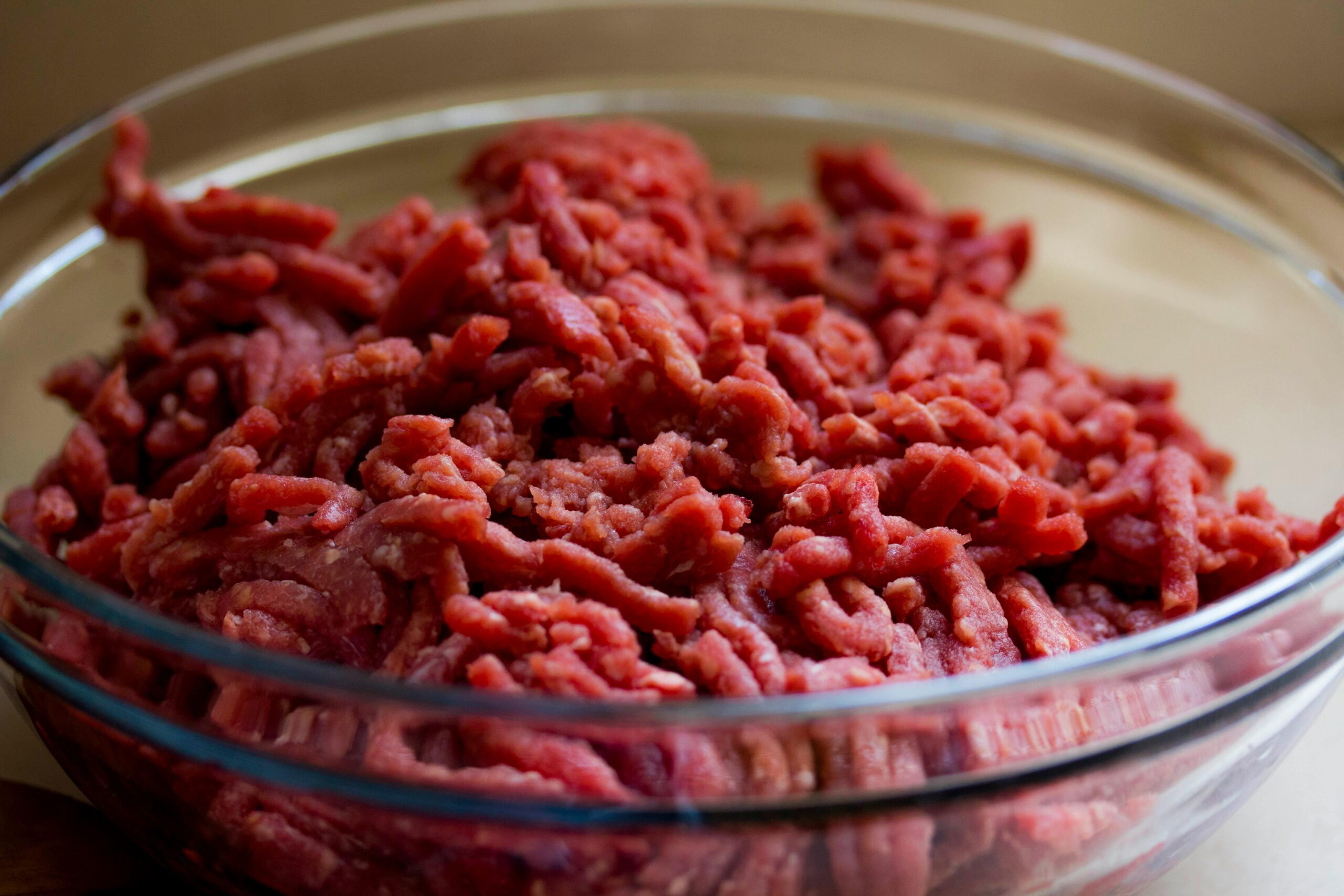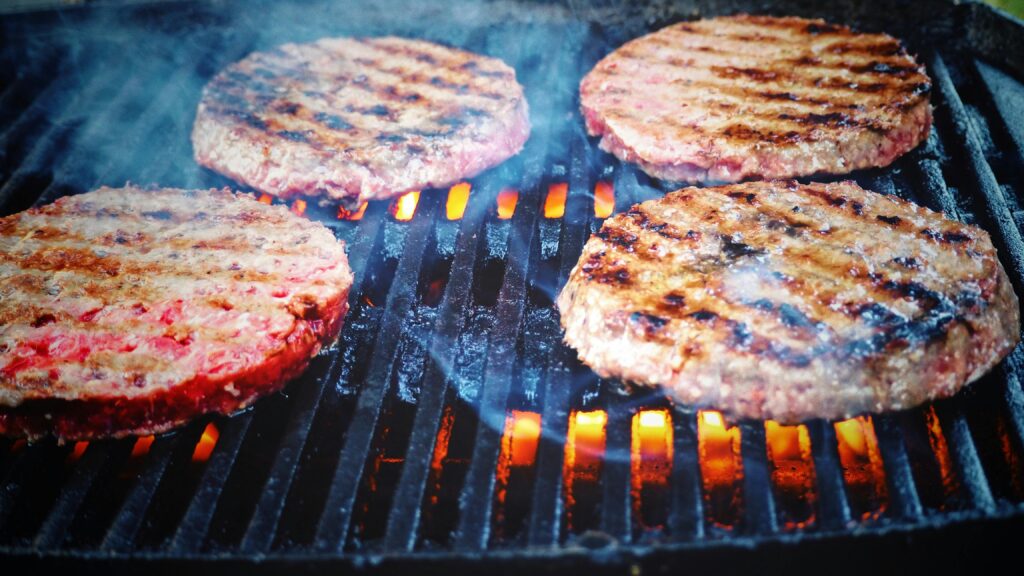The charm of a mobile coffee cart lies in its ability to create an inviting atmosphere. As attendees gather around the cart, it becomes more than just a place to get a coffee; it becomes a focal point for networking and interaction. The aroma of freshly ground beans, the sound of milk frothing, and the sight of a skilled barista working their magic can captivate the senses, enhancing the overall experience of the event. It’s not just about the coffee; it’s about the moments shared over a cup of espresso that linger long after the event is over.
The Rise of Mobile Coffee Carts
Mobile coffee carts have become a staple at events and exhibitions, captivating audiences with their ability to deliver high-quality coffee on the go. These carts are not just about serving coffee; they are about creating an experience. Imagine a sleek, modern cart that rolls into your event space, equipped with professional-grade espresso machines and skilled baristas ready to serve your favorite brew. The rise of these carts is a testament to the growing demand for quality and convenience in today’s fast-paced world.
Why Mobile Coffee Carts?
The appeal of mobile coffee carts lies in their flexibility and versatility. Unlike a traditional coffee shop, these carts can be set up virtually anywhere, making them perfect for exhibitions and events. They offer a quick and convenient way for attendees to grab a coffee without having to leave the venue, keeping the energy up and the conversations flowing. The ease with which they can be deployed also allows event organizers to strategically place them in high-traffic areas, ensuring maximum exposure and accessibility.
Moreover, mobile coffee carts add a touch of sophistication and style to any event. The sight of a beautifully designed cart, adorned with branding and aesthetics that align with your event theme, can be a showstopper. It’s more than just coffee; it’s a statement. These carts can serve as a canvas for creativity, allowing event organizers to integrate them seamlessly into the overall theme and design of the event, enhancing the visual appeal and creating a cohesive experience for attendees.
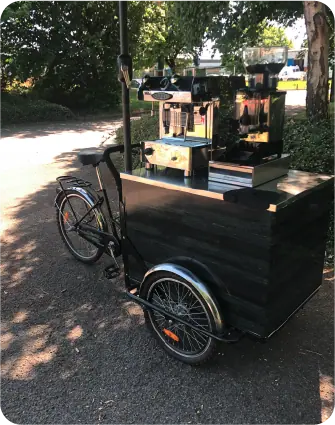
Espresso Coffee Carts: A Perfect Fit for Exhibitions
Tailored to Fit Your Needs
Espresso coffee carts are particularly well-suited for exhibitions. They can be customized to match the specific needs of your event, from the size and design of the cart to the menu offerings. Whether you’re hosting a tech conference, an art exhibition, or a trade show, these carts can be tailored to fit seamlessly into your event’s theme and atmosphere. The flexibility in design and functionality ensures that they can adapt to any setting, providing a bespoke solution that enhances the overall event experience.
Customization goes beyond aesthetics; it extends to the operational aspects as well. Organizers can choose from a variety of menu options, catering to diverse tastes and preferences. Whether it’s a simple espresso, a gourmet latte, or a specialty drink that aligns with the event’s theme, the options are endless. This level of customization ensures that every attendee finds something they enjoy, making the coffee cart a memorable part of their event experience.
Enhancing the Attendee Experience
Exhibitions are all about engaging with your audience and creating memorable experiences. Espresso coffee carts do just that by offering attendees a delightful break from the hustle and bustle. The aroma of fresh coffee, the sound of milk steaming, and the sight of a skilled barista crafting a perfect cappuccino can be a moment of joy and relaxation for attendees. This sensory experience not only rejuvenates them but also provides an opportunity to pause and reflect, making the event more enjoyable and impactful.
Additionally, the presence of a coffee cart can enhance the networking opportunities at an exhibition. As attendees congregate around the cart, it becomes a natural gathering point for conversations and connections. The shared experience of enjoying a quality cup of coffee can break the ice and foster interactions, facilitating meaningful engagements that can lead to lasting professional relationships.
Branding Opportunities
One of the greatest advantages of using espresso coffee carts at exhibitions is the branding opportunities they provide. The cart itself can be branded with your company’s logo and colors, turning it into a mobile billboard that captures attention. Additionally, branded cups and napkins can further extend your brand’s reach, ensuring that your message stays with attendees long after they’ve finished their coffee. This form of subtle yet effective marketing can amplify your brand’s presence, leaving a lasting impression on attendees.
Furthermore, the coffee cart can serve as a platform for experiential marketing initiatives. By aligning the coffee cart’s offerings and presentation with the brand’s values and messaging, companies can create an immersive experience that resonates with attendees. This strategic approach not only enhances brand visibility but also deepens the connection with the audience, fostering brand loyalty and advocacy.
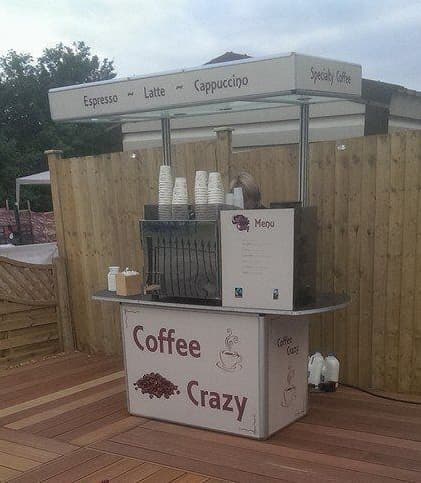
Espresso Coffee Carts at Events: Creating Unforgettable Moments
Versatility and Convenience
Espresso coffee carts are not limited to exhibitions; they are a fantastic addition to any event. Whether it’s a corporate meeting, a wedding, or a music festival, these carts bring versatility and convenience. They can be set up indoors or outdoors, and they adapt to the flow of the event, ensuring that attendees have access to quality coffee whenever they need it. This adaptability makes them an ideal choice for event organizers looking to provide a seamless and enjoyable experience for their guests.
The convenience offered by mobile coffee carts extends to their operational aspects as well. With minimal setup and maintenance requirements, these carts can be quickly deployed and relocated as needed. This operational flexibility allows event organizers to respond to changing circumstances and attendee needs, ensuring that the coffee service remains efficient and effective throughout the event.
A Unique Selling Point
In a world where events are constantly vying for attention, having a unique selling point is crucial. Espresso coffee carts offer that unique edge by providing an experience that goes beyond the ordinary. They create a focal point for social interaction, drawing people in with the promise of a great cup of coffee and an engaging conversation. This distinctive offering sets your event apart, making it memorable and appealing to attendees who seek something special.
The presence of a coffee cart can also enhance the overall atmosphere of an event. The combination of delicious coffee, skilled baristas, and a beautifully designed cart creates an ambiance that elevates the entire event experience. This added layer of sophistication and charm can make a lasting impression on attendees, encouraging them to share their positive experiences with others and generating buzz around your event.
Supporting Local and Sustainable Practices
Many mobile coffee cart operators are committed to supporting local and sustainable practices. They often source their beans from local roasters and emphasize eco-friendly operations. This commitment not only benefits the environment but also resonates with attendees who value sustainability, further enhancing the appeal of your event. By choosing a coffee cart operator that prioritizes sustainability, event organizers can align their event with broader social and environmental goals, creating a positive impact on the community.
In addition to environmental benefits, supporting local businesses can also foster goodwill and strengthen community ties. By partnering with local roasters and suppliers, event organizers can contribute to the local economy and showcase regional products, adding an authentic touch to the event. This focus on local and sustainable practices can enhance the event’s reputation, attracting attendees who appreciate and support such initiatives.
Choosing the Right Espresso Coffee Cart for Your Event
Consider the Scale and Scope
When selecting an espresso coffee cart for your event, consider the scale and scope of your gathering. A smaller event might only require a single cart, while larger exhibitions might benefit from multiple carts strategically placed throughout the venue. Assessing the size of your audience and the layout of your event space will help determine the number and placement of carts needed. This strategic planning ensures that the coffee service is efficient and accessible, enhancing the overall experience for attendees.
In addition to the number of carts, consider the layout and flow of your event space. Strategically placing coffee carts in high-traffic areas can maximize their visibility and accessibility, ensuring that attendees can easily find and enjoy the service. By analyzing the event’s logistics and audience dynamics, organizers can optimize the coffee cart’s placement, enhancing its impact and effectiveness.
Menu Customization
Think about the menu offerings and how they can be tailored to suit your event. Espresso coffee carts can offer a range of beverages, from classic espressos and lattes to specialty drinks and iced options. Collaborate with the cart operator to create a menu that aligns with your event theme and caters to the preferences of your attendees. This customization not only enhances the attendee experience but also adds a unique touch to your event, making it stand out in their memory.
Menu customization can also extend to the presentation and service style. By incorporating elements that reflect the event’s theme or branding, organizers can create a cohesive and immersive experience for attendees. Whether it’s using branded cups, offering unique drink combinations, or integrating interactive elements, the possibilities for customization are endless, allowing organizers to craft a memorable and personalized experience.
Partnering with Experienced Operators
Partnering with experienced mobile coffee cart operators ensures a smooth and successful experience. Look for operators with a proven track record in handling events similar to yours. They should be able to provide not only excellent coffee but also top-notch customer service, contributing to the overall success of your event. An experienced operator will understand the nuances of event dynamics and be able to adapt their service to meet the specific needs of your gathering.
In addition to their expertise, experienced operators often bring valuable insights and suggestions to the table. They can advise on the best practices for integrating the coffee cart into your event, optimizing its placement, and enhancing its impact. By leveraging their knowledge and experience, organizers can ensure that the coffee service is a seamless and positive addition to the event, delighting attendees and enhancing the overall experience.
Conclusion: Elevating Events with Espresso Coffee Carts
Espresso coffee carts are more than just a trend; they are an innovative way to enhance exhibitions and events. They offer convenience, style, and a memorable experience that attendees will appreciate. Whether it’s creating a relaxing moment during a busy exhibition or serving as a unique attraction at an event, these carts deliver on all fronts. The combination of quality coffee, skilled baristas, and a welcoming ambiance creates an experience that leaves a lasting impression.
By incorporating espresso coffee carts into your event, you’re not just serving coffee; you’re crafting an experience that attendees will remember long after the event is over. So, the next time you plan an exhibition or event, consider the impact a mobile coffee cart can have. It might just be the missing ingredient to elevate your gathering to the next level. The magic of a great espresso, shared in a vibrant setting, can transform an ordinary event into an extraordinary experience, making it unforgettable for all who attend.


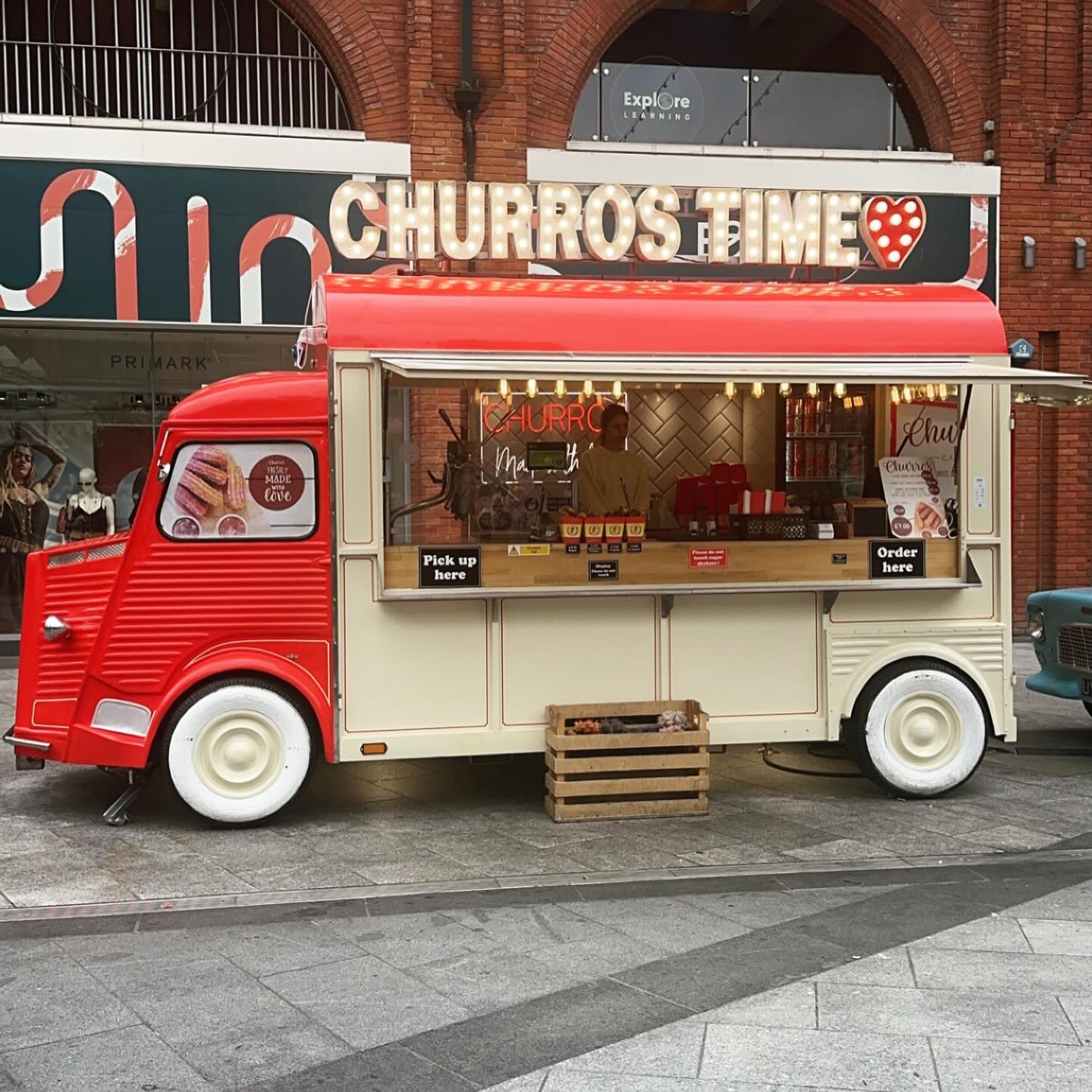
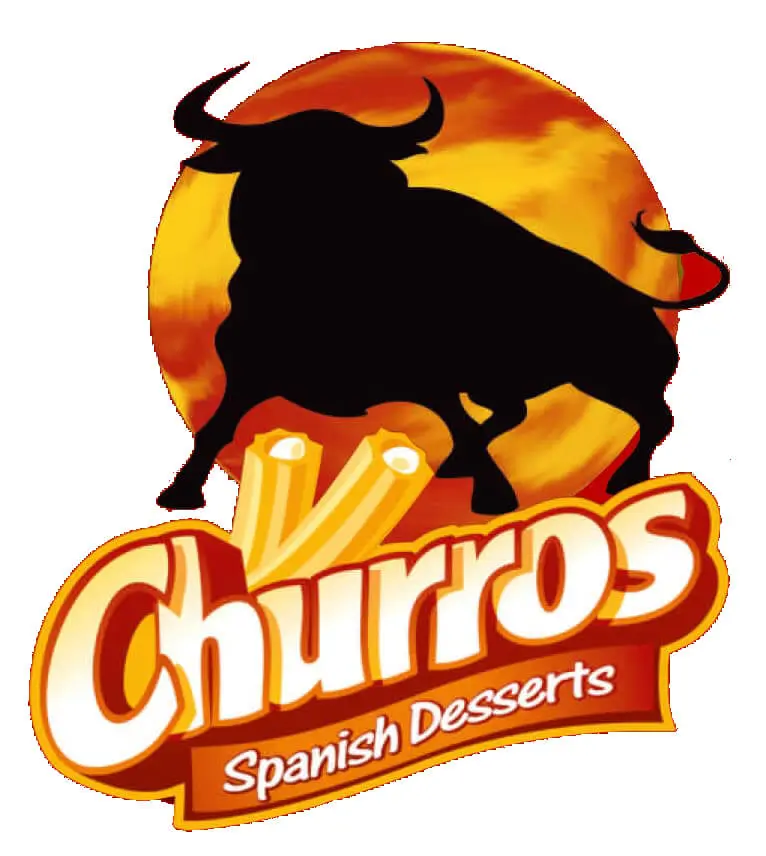

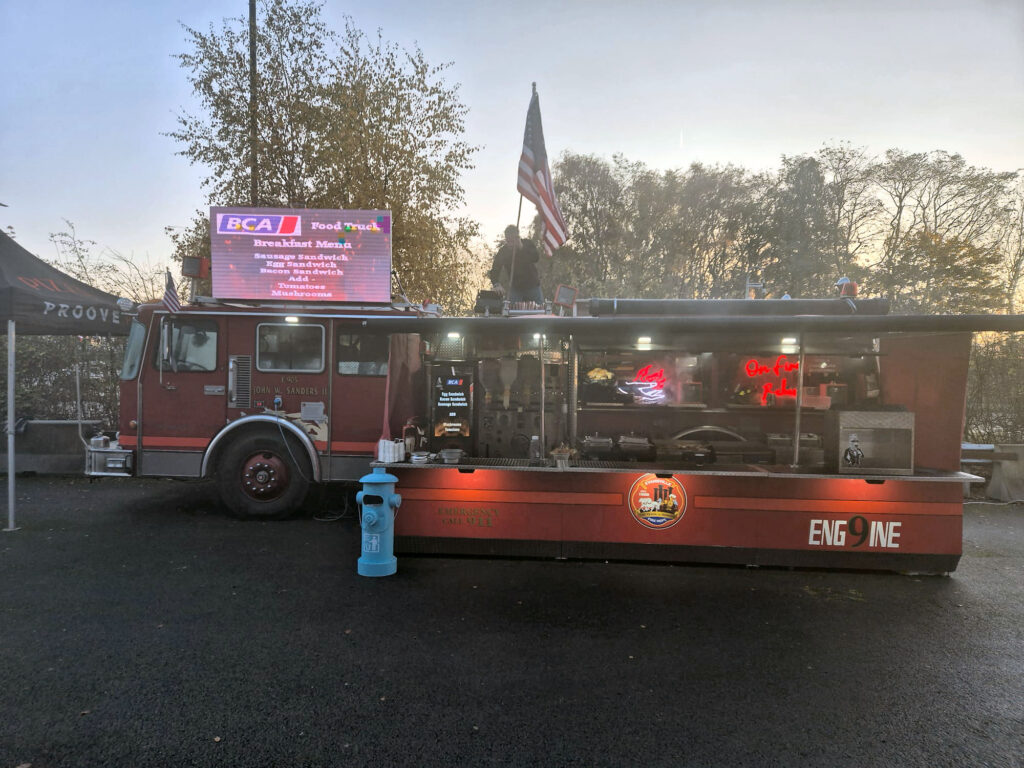

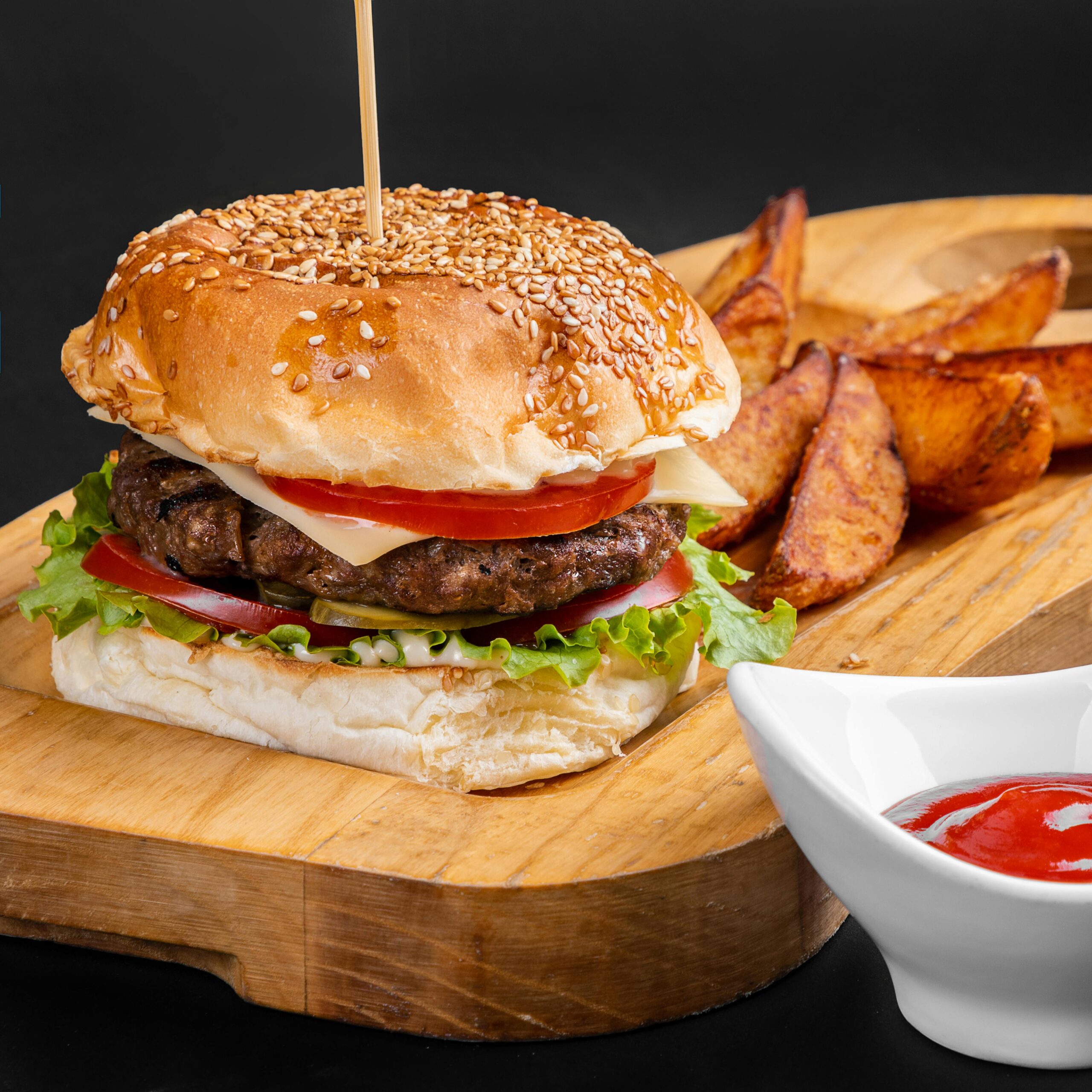
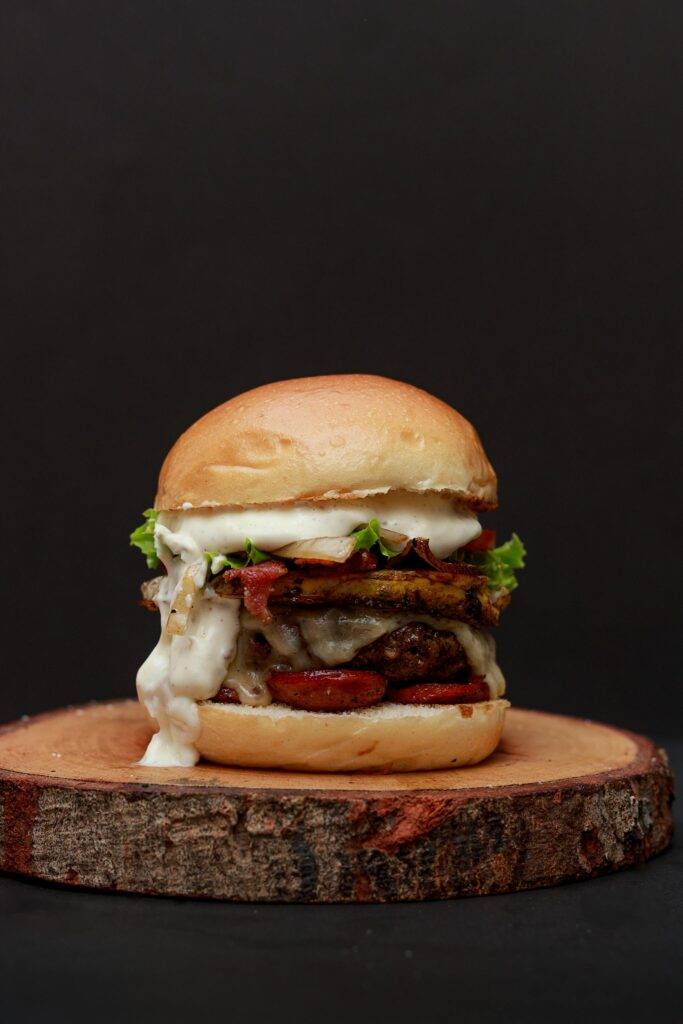
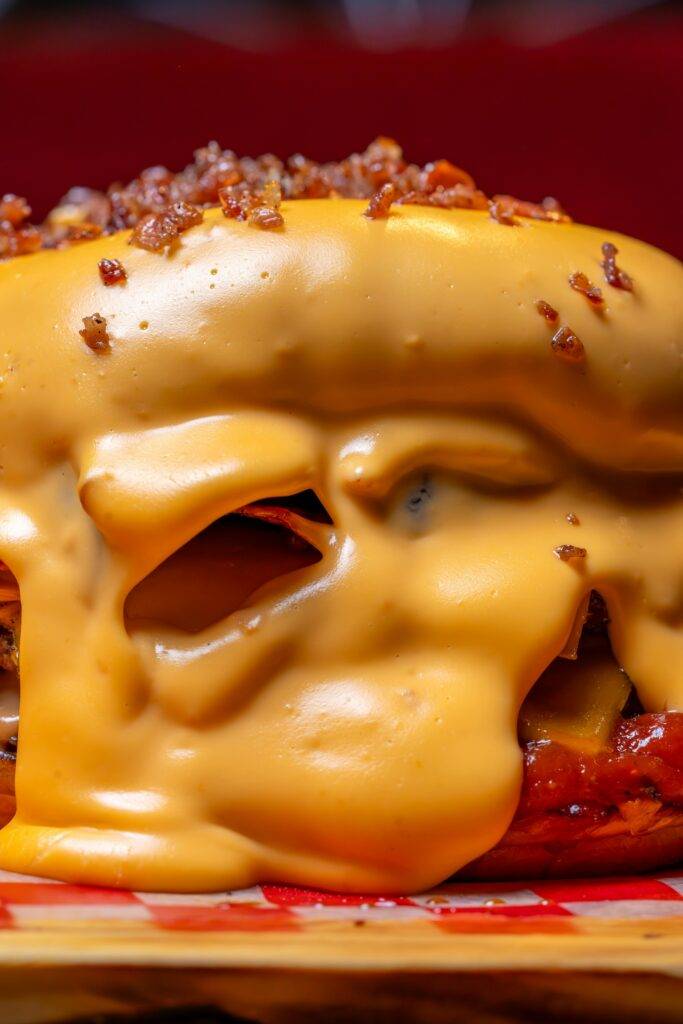

 by Jason Leung (https://unsplash.com/@ninjason)
by Jason Leung (https://unsplash.com/@ninjason) by Yeo Yonghwan (https://unsplash.com/@yeoyonghwan)
by Yeo Yonghwan (https://unsplash.com/@yeoyonghwan)